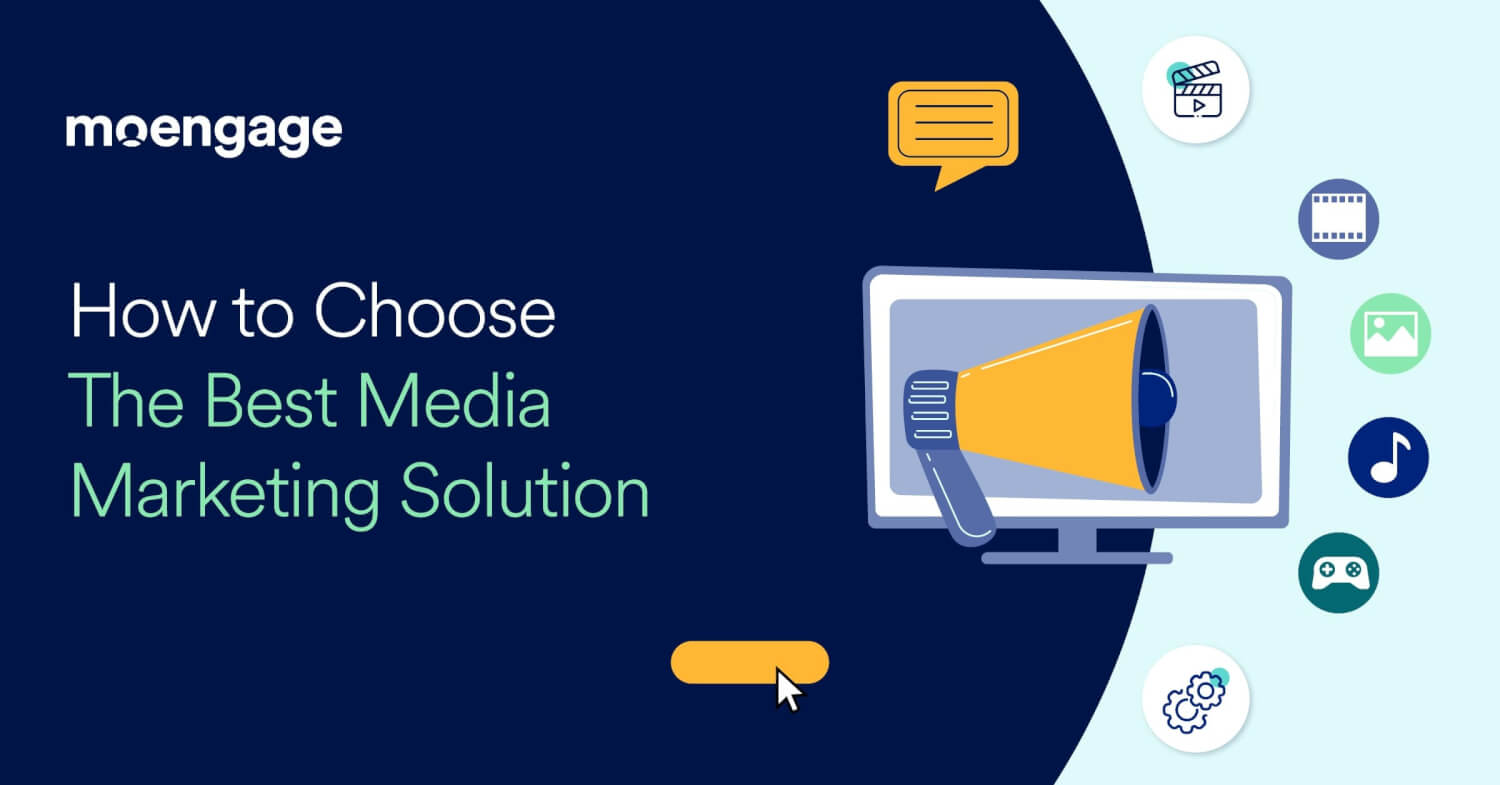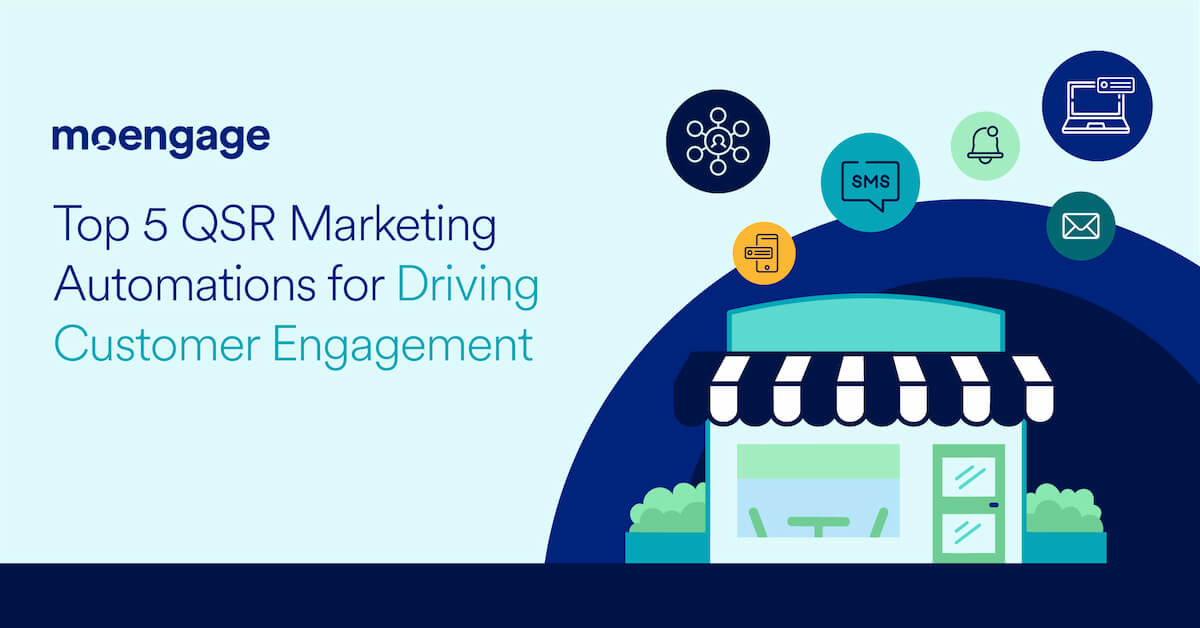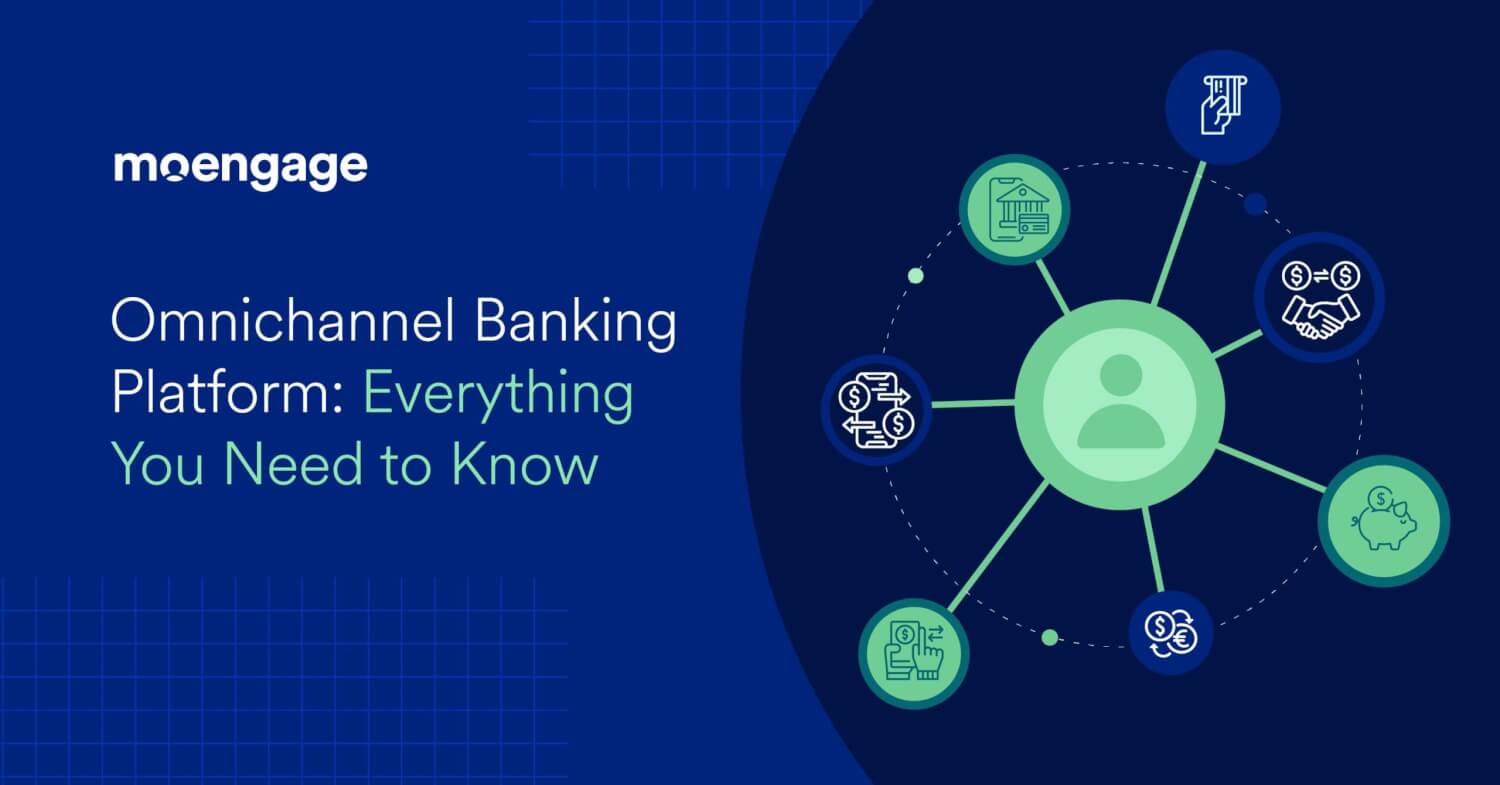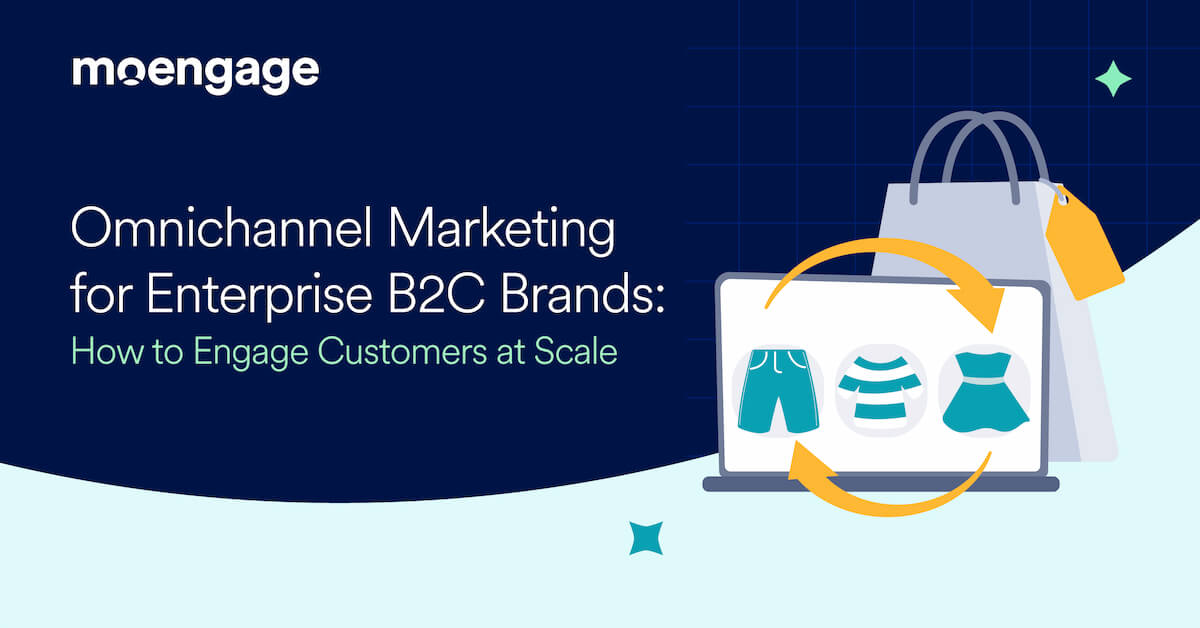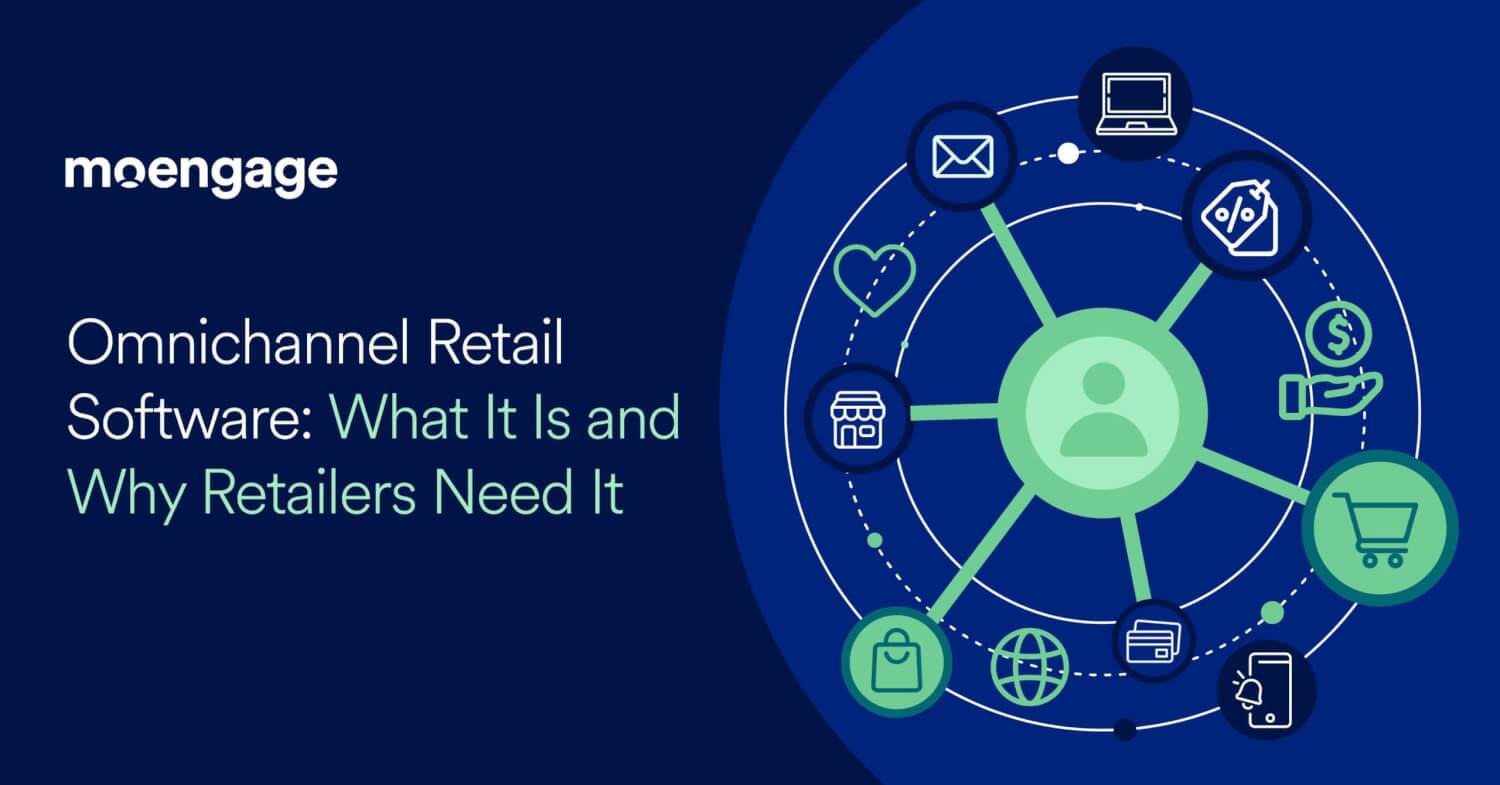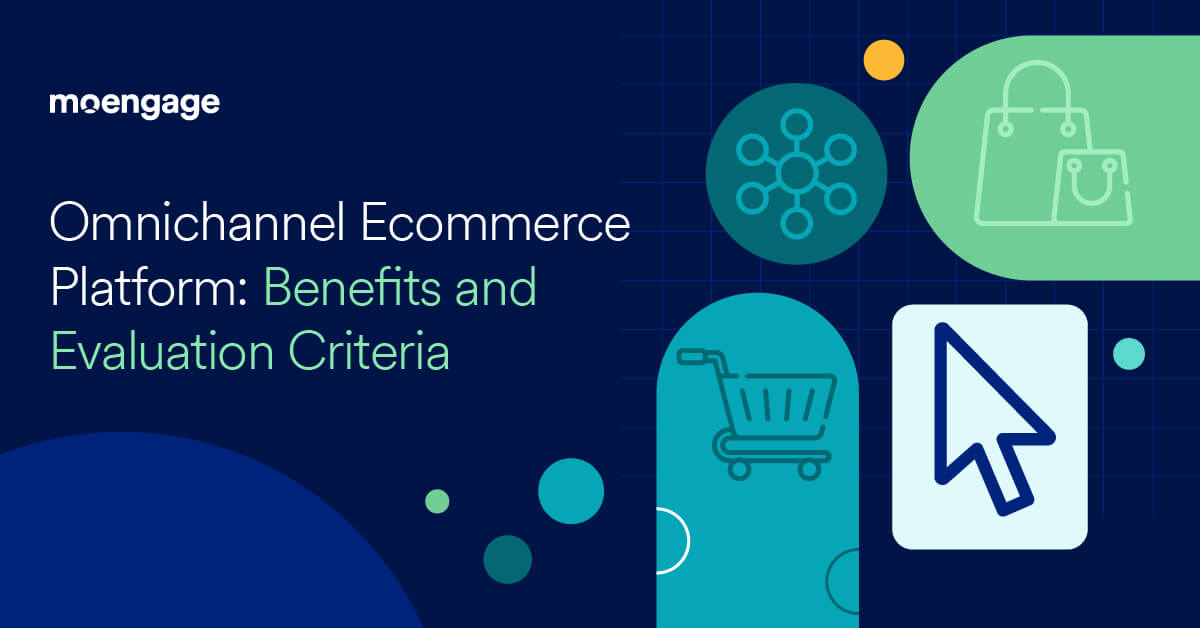Busting the Myths of In-App Messages: Why Marketers Should Include it in Their Arsenal
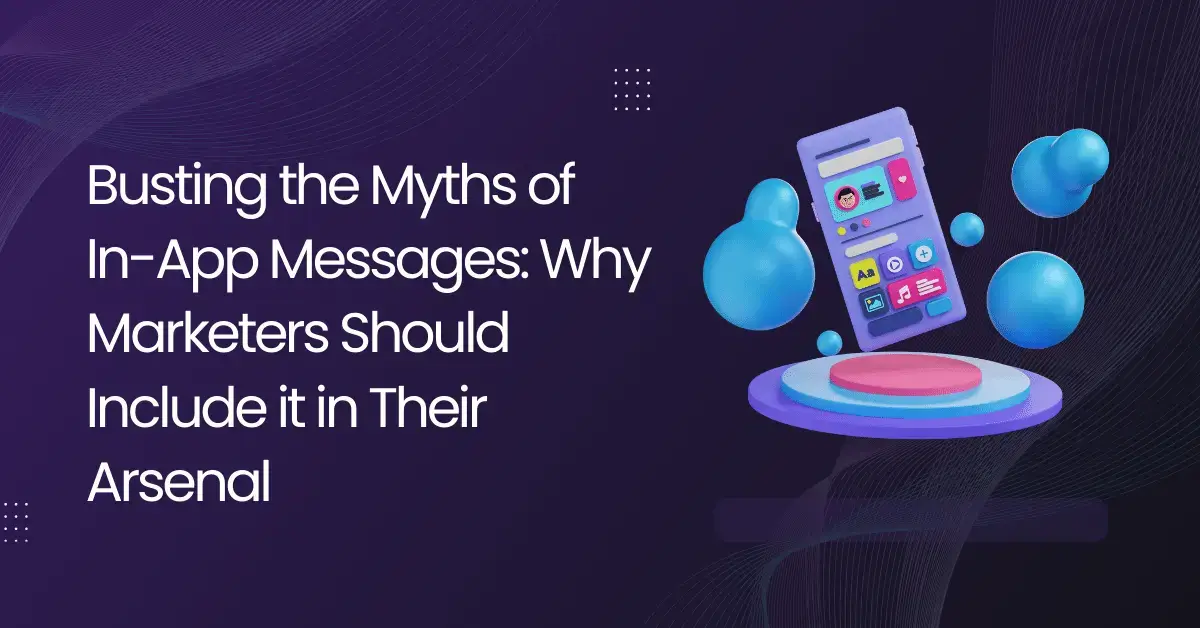
Reading Time: 4 minutes
Ever watched that show on TV called the MythBusters? Well, it is one of my favorite shows. Considering how easily we tend to surface myths around things, it is fascinating to see how this duo go around revealing the truth. Marketing is no different and has its own myths regarding marketing channels too! This could be because of a product vis-a-vis marketing channel mismatch or poor execution of strategy leading to lesser conversion numbers. In this post, we focus on some myths surrounding mobile in-app messages as a channel. Why? Because, though marketers get 3.5X higher retention with in-app messages, only 33% of them are using it. By busting these myths we aim to provide a pragmatic view of in-app messages and why it should be part of your marketing arsenal.
| Bonus Content
👉 The Complete Growth Strategy [Download Handbook] 👉 Beginner’s Guide to Omnichannel Marketing for 2021 [Download Ebook] 👉 Customer Lifecycle Marketing Campaigns: An In-depth Guide [Download Ebook] 👉 Customer Lifecycle Marketing Campaigns: An In-depth Guide for 2023 and Beyond – [Read Blog] |
Myth #1: Deploying In-app messages requires extensive coding and design team support.
Well, YES until the launch of in-app NATIV. So, NO. Thanks to a user friendly and intuitive interface, marketers can now design and deploy custom in-app messages to users – without writing a single line of code. No engineering or design team support required. With a variety of pre-coded templates to choose from, marketers design and deploy beautiful looking in-apps that look and feel native to the app – all within a few clicks.

Myth #2: In-app messages are broadcast only and cannot be triggered based on behavior.
Like other marketing channels, in-app messages offer the ability to segment and trigger messages, based on user behavior. Engagement with such segmented and triggered in-app messages can be as high as 56%. Marketers can use in-apps to engage critical user segments like new users (drive first purchase), repeat users (drive app ratings), purchase drop-offs (drive conversions) and more.
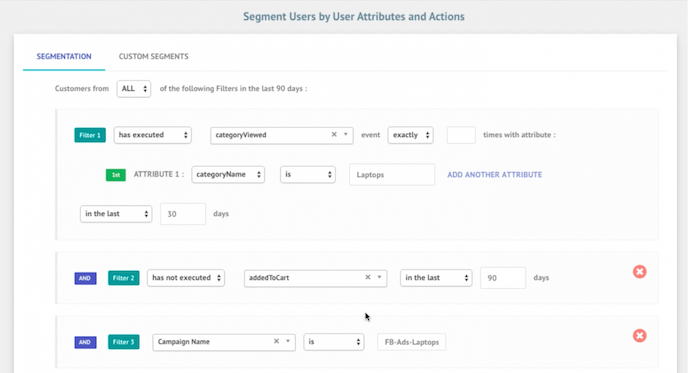
Myth #3: In-app messages are an interruption to otherwise normal app usage.
Any marketing communication when delivered at the wrong time to the wrong set of audience can be interruptive. It applies to in-apps as well. But, when segmented and triggered with the right context, in-app messages deliver the opposite of interruption – a more involving app experience. In-apps can be used in all stages of a user lifecycle from user on-boarding, activation, engagement and retention. In-apps can act as virtual guides to app users, guiding them towards completing specific tasks on the app leading to higher conversions. The ability to juggle between multiple templates is an additional booster in enriching the overall app experience with in-app messages.

Myth #4: In-app messages are not effective in driving engagement.
Generic in-app messages can engage up to 26% while triggered in-app messages can generate engagement which is as high as 56%. This statistic alone puts to rest, all of the myths surrounding in-app messages.
Marketers need to take cognizance of the fact that in-apps work only when the user is ‘inside the app’ while defining success metrics. Metrics for in-apps need to be different from emails and push notifications that are typically based on opens and CTRs. In-apps can be used for a variety of things from driving first purchase to increasing customer LTV and customer retention. It has been observed that 3.5X increase in retention equates to 50% third-month retention of new users. Thus, by defining better conversion goals, marketers can better assess in-apps and their effectiveness as a marketing channel. Infact, given that In-apps are shown to customers who are actively involved in the app, driving them to conversions is easier and more beneficial in comparison to other channels.
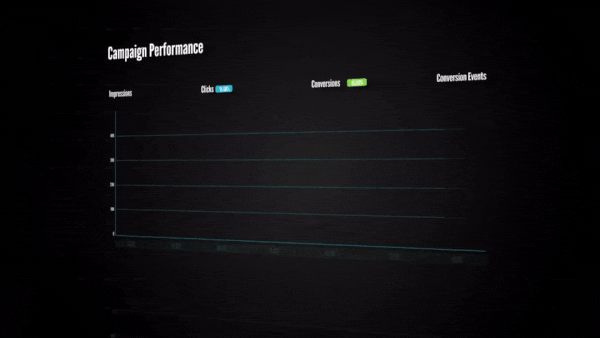
Myth #5: In-app messages require app update cycles to be deployed.
It takes less time to design and deploy in-apps than it takes for your pizza to arrive. That’s the power of in-app NATIV – our platform for designing and deploying beautiful looking in-apps within minutes. As a marketer you need not depend on lengthy cycles involving design, development, hard coding, trigger logic and such to deploy in-apps. It can be done in a few minutes.
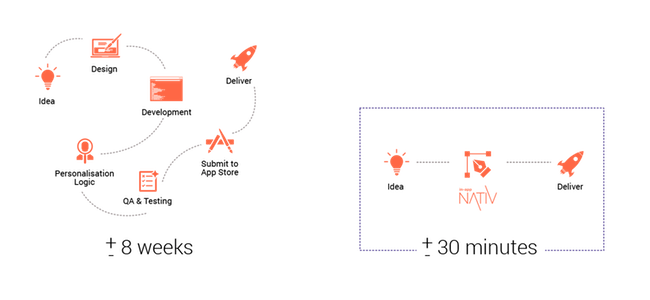
Here’s what you can read next: |

